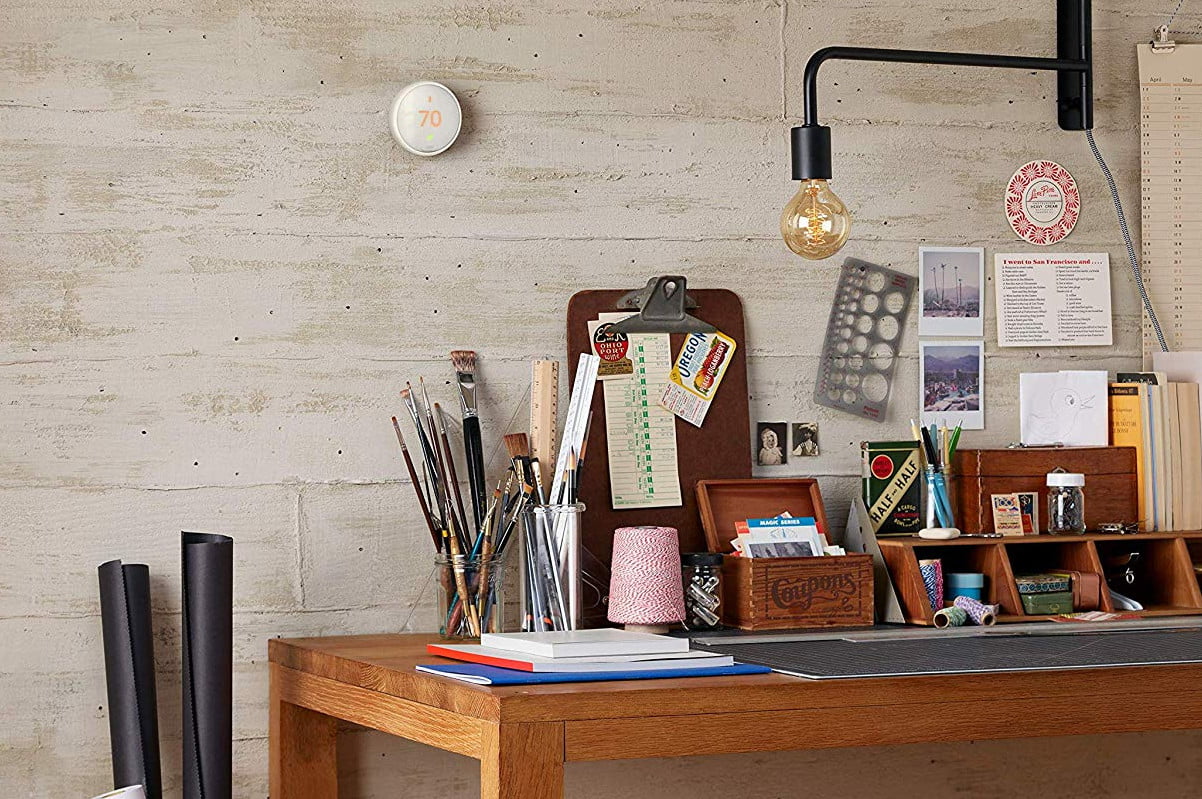This is an excellent time to shop for the best Nest Thermostat deals. You’ll need to be persistent in your search because demand is high. Supplies are limited, but if you are flexible about a Nest thermostat’s color you can find a good deal. Many popular products have delayed shipping due to huge demand, but you can still get decent discounts. We searched major online merchants to compile this selection of the best Nest Thermostat deals. We’re seeing decent discounts on not only the base Nest Thermostat E but also the top-of-the-line Nest Learning Thermostat. We also sometimes find bundles of two thermostats or one thermostat and one, two, or three Nest Thermostat remote sensors. Be aware that popular products may have shipping dates delayed, so be sure to check. There are deals for Nest Thermostats, but they can disappear or change quickly. Our advice is to act as soon as you see a Nest Thermostat deal that works for you.
Should you buy a Nest Thermostat?
The short answer is yes. Nest Thermostats are usually in great demand, and this year is no different. If you’re looking to improve convenience and cut costs on your heating bill, this is the time to buy. You’ll need to be quick, though: Stock is already running low … hurry, hurry, hurry!
How do Nest Temperature Sensors work?
The Nest Learning Thermostat and Nest Thermostat E both support Nest Temperature Sensors. These Nest sensors connect wirelessly with a Nest Thermostat via Bluetooth. For less than $50 each, you can use Nest Thermostat sensors to fine tune the temperatures in your home based on time of day, season of the year, and your family’s personal preferences.
Once synced, the Nest Temperature Sensors then detect and report hot and cold spots in your home to a Nest Thermostat. You can set a Nest Thermostat to prioritize different sensors at different times as well. For example, if you work at home, you could have a Nest Temperature Sensor in your home office and set the thermostat to give priority to your office sensor during your regular working hours.
In the evening, you could prioritize a sensor in the family room or den and then switch to a sensor in your bedroom during your regular sleeping hours. This allows you (or rather, it allows your Nest Thermostat) to regulate the temperature in different rooms rather than throughout your entire home depending on your daily habits, which reduces overall energy consumption.
A single Nest thermostat can support up to six connected sensors. If you have multiple heating zones, each with its own Nest thermostat, then you can have up to a total of 18 sensors (limited to a max of six sensors per thermostat).


